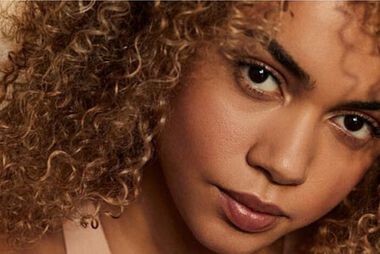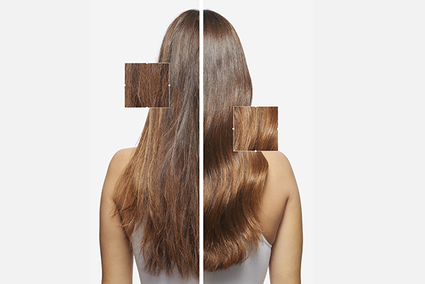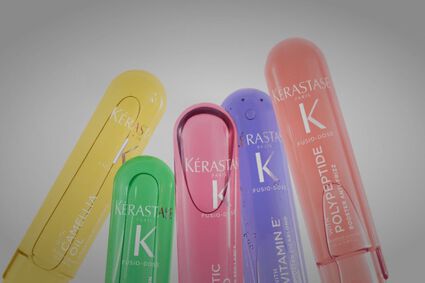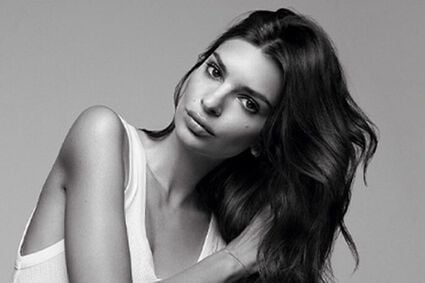
What Are The Different Types Of Curls And How To Identify Yours?
Most people are still under the impression that curly hair is of one type. For them, terms like ‘curl patterns’ or ‘coils’ or ‘tight curls’ sound alien. However, the truth is that there are actually different types of curls and each woman wears her curls like a halo of confidence and pride in her own unique way. In this article, we’ll help you identify what are those different types of curls depending on their shape, hair twists and turns, and how to create a curl care routine that is tailored for your hair.
There are countless hair products available in the market that cater towards maintaining your curls and giving them better definition. But let's be realistic, not every product will suit all curly hair types. Understanding different types of curls can help you determine the best routine to achieve the healthiest and most beautiful curls possible.
Here's a quick breakdown: Type 1 hair is straight, While Types 2, 3 and 4 are wavy, curly, and coily respectively. The width or diameter of your wave, curl, or coil determines which subclass of A to C it belongs to. Type A have a wider pattern size, Type B has a medium and Type C have the smallest pattern size. Confused? Let’s understand the different curly hair types in detail.
Type 2: Wavy Hair
Wavy hair forms a loose S shape that doesn't coil in a specific manner. Because the fibre is thin, it is easily weighed down by heavy products. These loose curls don't allow natural oils to travel down the shaft. People with this hair type should use a moderate amount of extra moisture and nutrition. You can choose curly hair products that give the right amount of hydration and care to your wavy hair. Post-shampooing your hair, you can define the wave pattern and reduce unwanted frizz with a mask.
Type 3: Curly Hair
Curly hair can be loose or tight, or be in the shape of a springy corkscrew with strands tightly wrapped around themselves. In this curly hair type, the fibre is more permeable and delicate. Hence, you need significantly hydrating and strengthening products like a hair mask and leave-in conditioners because the tighter the curl shape, the harder it is for natural moisture to reach the ends. The Kérastase Curl Manifesto range has the best curly hair products that suit Type 3. To avoid disrupting the curl pattern, we suggest detangling your hair with a wide-toothed comb when it is damp or oiled. Sleeping with a silk head wrap or pillowcase is also recommended, as is twisting and pinning your hair up before going to bed.
Type 4: Coily Hair
Coily hair can be in tight corkscrews or zig-zag patterns. The curls are fairly tight near the scalp and start to loosen up slightly as they go longer. Coily hair is made up of thin fibres that are dry and fragile, irrespective of whether they are soft and fine or coarse and thick. Natural oils have a hard time penetrating the shaft of coily hair. It requires a lot of products and an intense treatment oil that can be applied overnight to get the most nourishment, strength, and definition. We suggest using a microfiber towel to dry the hair and covering it in a silk bonnet at night to prevent damage.
Now that you know what the different types of curls are, go ahead and start maintaining the health and overall appearance of your curly hair. For this, it's essential to consider your curls' porosity, sensitivity, and fibre thickness while selecting the best routine and products. If you understand your curl type well now, don’t forget to look through the Kérastase Curl Manifesto range, which was created especially for curly heads.











